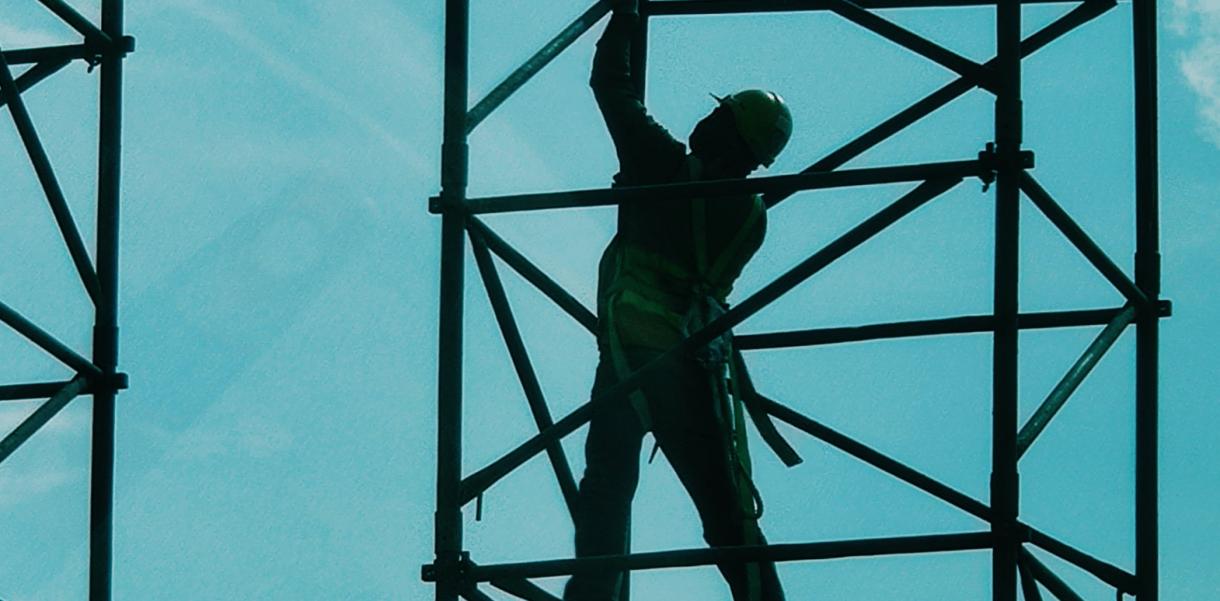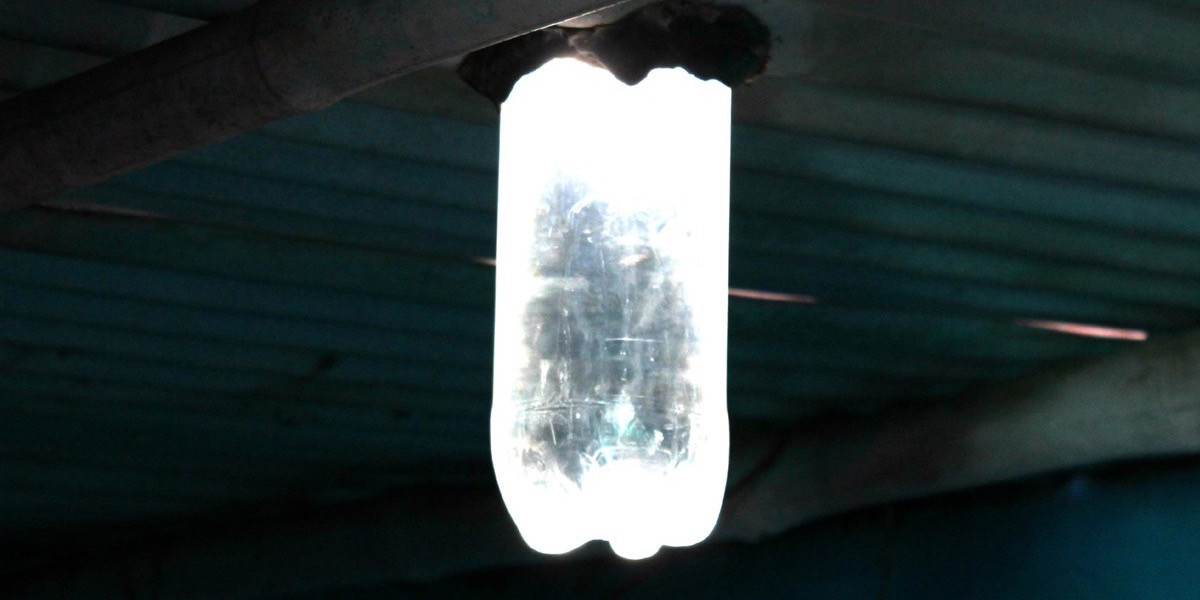If we are to limit global warming by 1.5C, we need to work together across countries, societies, cities, companies, competencies, and disciplines. No one can create the necessary movements alone. It doesn't help just being a veggie, driving an electric vehicle, catching the train or other meaningful actions, if you move alone. It's only when we work together that we can really move the needle. This is the same for businesses – to be successful we need to create open and transparent collaborations, that are win-win for all parties. And all companies need to join the movement now.
From the latest IPCC report, we’ve learned that we are currently at a crossroads where important actions need to be taken immediately if we are to limit global warming by 1.5C – that’s quite a dark picture. An important part of this change will be lost or won in the cities. In November 2022, we will be 8 billion people on the planet, and over the next decades, until 2060, we are set to double the real estate floor area globally. This is equivalent to building a New York City every month for the next 38 years. The massive build-out of square meters compared to the current sustainability issues is a challenge we must solve together.
At the same time, the construction industry is one of the greatest ‘sinners’ in terms of CO2 emissions, waste, and use of resources. It is the single largest global consumer of resources and raw materials. Three billion tonnes of raw materials are used to manufacture building products worldwide, according to OECD. Similarly, 40% of CO2 emissions and 36% of all waste originates from the real-estate business.
”Recognising challenges is an important step in the right direction, but what really matters is tangible, implementable and scalable solutions.”
Luckily, lots are already happening with many companies announcing sustainable net-zero strategies. Obviously, recognising challenges is an important step in the right direction, but what really matters is tangible, implementable and scalable solutions.
The good news is that driving sustainable change is no longer just philanthropy – it's becoming economically a viable good business. This is extremely important as an economically sustainable business is an important part of the development and scalability of viable solutions. If there is no profitable business case, we will not have businesses taking the lead to come up with innovative solutions – hence change will be slow and inefficient.
At a:gain we are experts in converting scalable waste, unused resources, discarded production and byproducts into building elements and interior solutions at scale. We want to rethink the way you think of waste-based materials. Our model is to look for scalable sources of waste, and based on this we develop, innovate, produce, and deliver products at scale for the professional built environment and real estate. Through know-how, innovation, design, and product development, we innovate the products of tomorrow with the waste of today. We substitute products made from virgin raw materials with our upcycled products.
“It’s all about sharing – no one will alone be able to provide what’s needed for transitioning the construction and real-estate business.”
But – and this is the key point – we do not do this alone. We do this with our trusted sourcing, manufacturing, and selling partners. It’s a joint effort where we ensure business models that are interesting and profitable for all partners involved. Our philosophy is to build partnerships across the full supply chain. We do this by working with an open book, transparency, and trust in all aspects between partners. It’s all about sharing – no one will alone be able to provide what’s needed for transitioning the construction and real-estate business. We think of this as C&D – Connect & Develop.
And what role does design play in this? At a:gain, we have designers onboard because we see design as a sustainability driver. We inspire, listen to and innovate with designers. We know and hugely respect that end users take more care of and prolong the lifespan of buildings, building components and building interiors if the design is high quality and improves the end-user experience. We see it as an important part of our mission to ensure that you can choose sustainable solutions and aesthetic design at the same time. Finally, sustainable design is also not using hazardous production components, having socially responsible production, and focusing on disassembly and reuse after ended lifecycles. Waste-based solutions are not to be the second-best choice. Products must be on-par with the products they substitute in both design, technical and environmental properties. Only then can they be a viable first choice. Design is a part of that.
The world of tomorrow should be better than today. The next generations should not only survive, they should be able to lead good and healthy lives. That’s why we need to act now and build transparent win-win partnerships.




